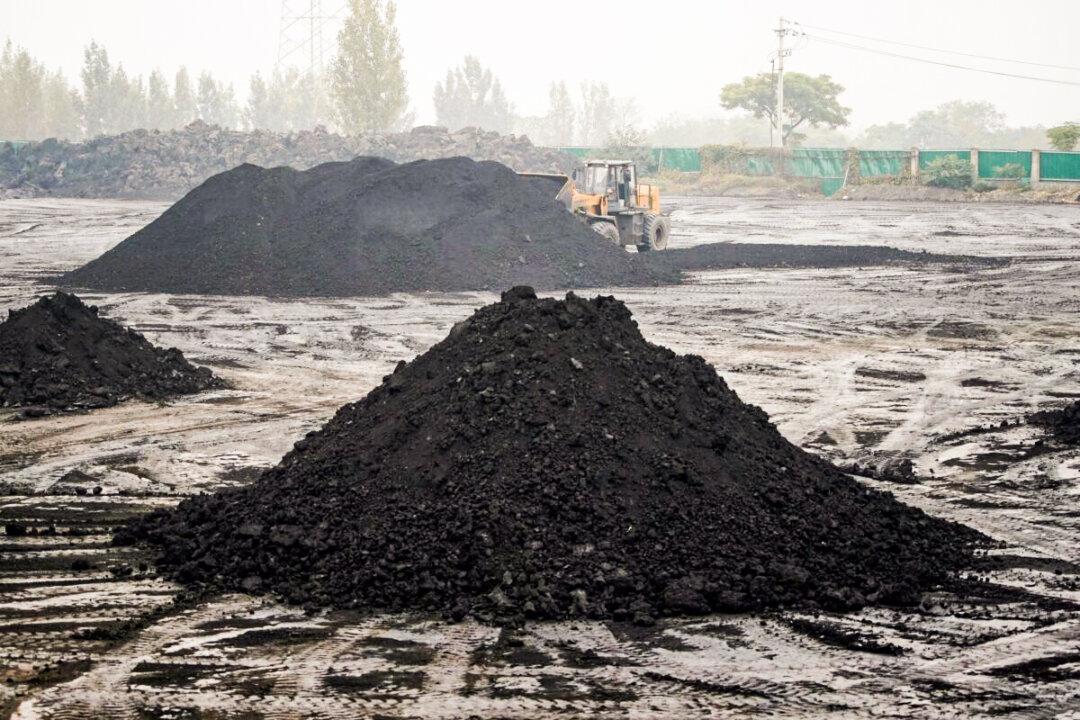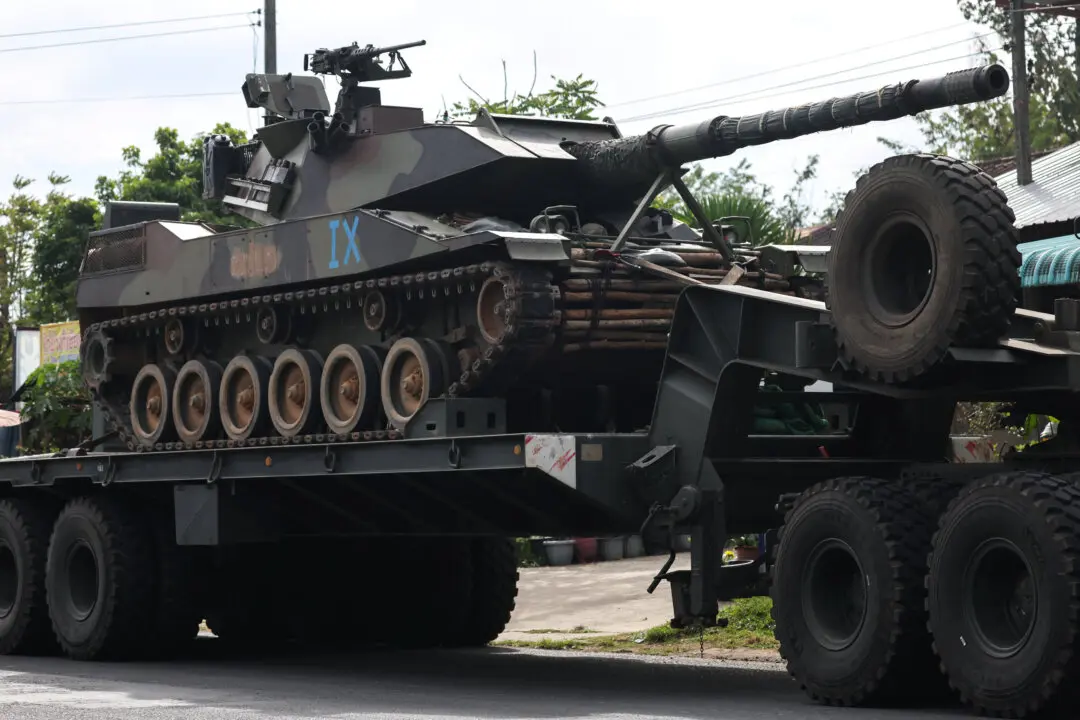PINGDINGSHAN, China—On the edges of an old and depleted mine on the rugged outskirts of Pingdingshan in central China’s Henan province, workers sift through dunes of low-grade coal, looking to extract every last calorie of energy from the city’s crumbling seams.
But despite an unexpected energy crunch that left authorities scrambling to guarantee coal supplies over the winter, it is still mostly business as usual for Henan’s old mining regions.





